Why practicing mindfulness?
The modern world is certainly a fast-paced one. Rushing about to carry out all your essential tasks can be very stressful so it’s no wonder that more of us find that we’ve lost our connection with the here and now. Many of us find that we’re missing out on the enjoyment of the moment. We overlook the way we’re feeling at any given time and this can lead to negative consequences mentally and physically in our lives.
Did you wake up feeling rested today? Did you notice those flowers blooming in your street this morning? Did you hear the birds singing as you arrived at work? If the answer to those questions was no, you should think about practicing mindfulness.
What Is Mindfulness?
The term “mindfulness” is used to describe the practice of focusing all your attention purposely on the moment you are in and accepting your feelings and sensations without any judgment. It has been proven to be a major component in achieving overall happiness and reducing stress levels.
Mindfulness has its origins in Buddhism, However, virtually every religion involves some form of meditation or prayer technique to move your thought patterns away from usual preoccupations and towards a greater appreciation of the here and now.
Practicing mindfulness has been shown to bring a wealth of improvements to both psychological and physical symptoms, helping to bring positive change to attitudes, behaviors, and health. When you’re mindful, you can enjoy life’s pleasures when they occur. This allows you to engage more fully with activities and help you to cope more effectively with negative events in your life.
If you focus on the given moment, you’ll have a reduced chance of getting caught up with your worries about things you have done in your past or things you’ll do in the future. You’ll have fewer preoccupations with self-esteem and success while also being able to form better and deeper connections with other people.
Mindfulness has been shown to improve your physical health. It can help to improve heart health, relieve stress, lower your blood pressure, reduce pain, improve your sleep, and even alleviate gastrointestinal problems. Meanwhile, it offers a host of mental health benefits including the relief of substance abuse, depression, anxiety, eating disorders, and OCD.
How Does Mindfulness Work?
Experts believe that, in part, mindfulness works by helping to enable people to accept experiences and emotions instead of reacting with avoidance or aversion.
Mindfulness can be practiced in many ways, However, the primary goal of mindfulness techniques is to become more focused and alert yet relaxed by paying close attention deliberately to the sensations and thoughts you experience at any given moment without judgment. As a result, your mind can refocus effectively on the present.
There are several different mindfulness techniques
However, this is a basic guide to adding mindfulness practice into your life:
- Start by sitting down quietly and focusing on your breathing patterns. Alternatively, you can focus on a mantra or word which you repeat to yourself silently. Allow your thoughts to go and come with no judgment, returning every time to focusing on your mantra or breathing.
- Notice the subtle sensations in your body like tingling or itching. Again, don’t judge them, just allow them to pass. Focus on your attention on every part of the body from your head to your toes.
- Notice the sounds, sights, tastes, touches, and smells around you. Again, exert no judgment, just allow them to come and go.
- All your emotions to stay present but don’t judge them. Name your emotions steadily and in a relaxed way. Accept their presence then allow them to go.
- Cope with your cravings, whether they are for a pattern of behavior or for a substance. Acknowledge the feelings but allow them to pass through you without judgment. Replace your wish for that craving to subside with the knowledge that this will happen eventually.
You can begin practicing mindfulness alone by using yoga, tai chi, or other concentration meditation methods. You simply need to establish concentration, observe the thoughts, sensations, and emotions flowing through your body without judgment, and notice the sensations that you experience. While the process may seem not to be remotely relaxing, with time and practice you’ll find that you become happier and more self-aware.
Top Tips for Introducing Mindfulness Practice into Your Life
If you’re ready to introduce mindfulness practice into your life, you could start attending a class or buy a meditation CD to begin practicing. There are, however, less formal approaches you can adopt. Here are some top tips to help to smooth the path to mindfulness:
- Choose a task during which you’ll practice mindfulness. It could be when you’re walking, showering, or eating.
- Begin by focusing on the sensations your body is going through.
- Breathe slowly through the nose. Allow the air to move downwards to your lower belly and allow your stomach to fully expand.
- Breathe slowly out through the mouth.
- Note the sensations you experience every time you exhale or inhale.
- Slowly, proceed with your chosen task with deliberation.
- Fully engage all your senses. Note every touch, sound and sight. Savor each sensation.
- If you realize your mind is wandering away from the current task, bring your focus back gently onto the sensations you’re experiencing.
You can’t rush mindfulness. However, the more often you practice, the more you’ll find that it’s effective. Be prepared for the fact that it’ll usually take about 20 minutes until your mind starts to settle. Practicing the above techniques for short periods a few times a week is the best way to start, then you can work up to longer periods of meditation on more days of the week.
1 Comment
Trackbacks/Pingbacks
- How to relieve back pain with all-natural remedies - Transformelle - […] Mindfulness is one of the crucial components of meditation and also the simplest to practice multiple times a day. Mindfulness…
- How to get started with restorative yoga and what are the benefits - Transformelle - […] yoga is a technique that urges mindfulness. Being mindful describes a mindset that you can accomplish by concentrating your awareness…
- Yoga for self-control and body awareness - Transformelle - […] Mindfulness of these sensations may start in yoga practice, but in time it permits us to be continuously aware…
- 5 ways to Improve your relationship by being mindful - Transformelle - […] joy that is oblivious to other factors surrounding it. It is very important to acknowledge that mindfulness is not regarding reaching a…
- How your attitude, thoughts, and feelings can affect your health - Transformelle - […] A huge as well as varied team of techniques and also procedures. Extensive research study has validated that some…
Submit a Comment
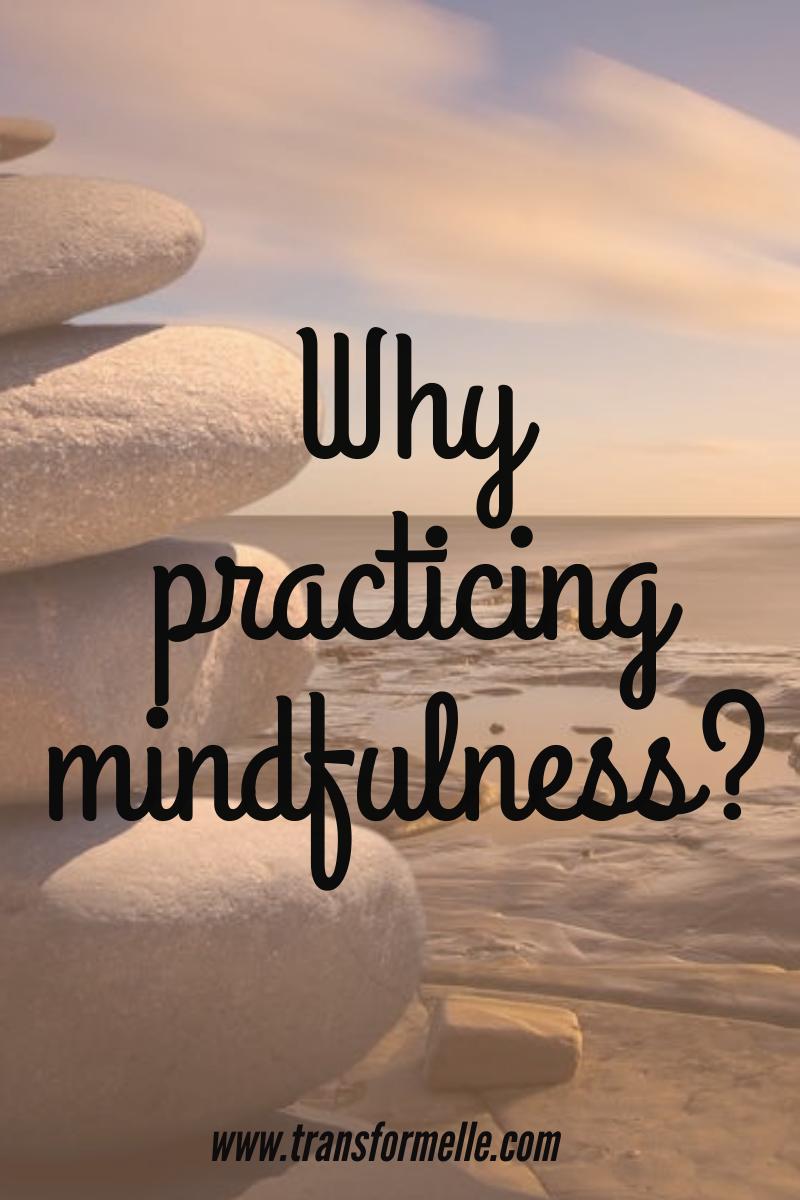
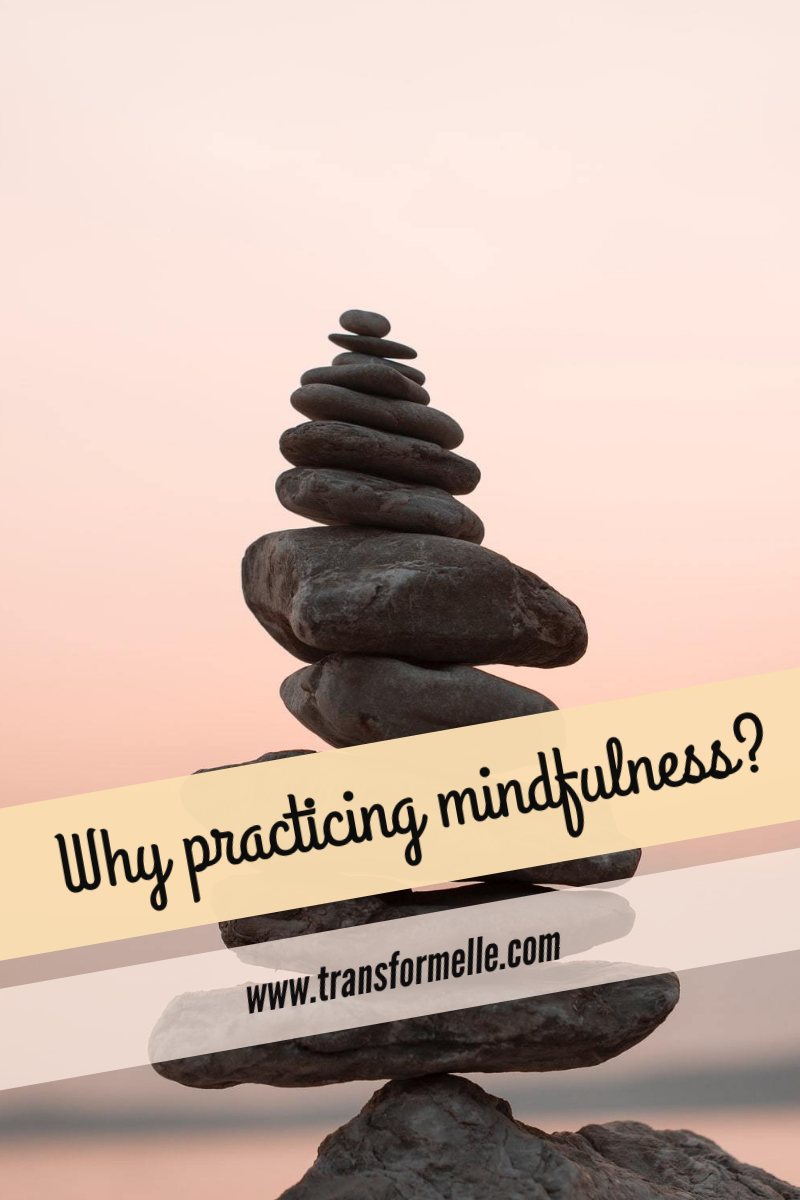
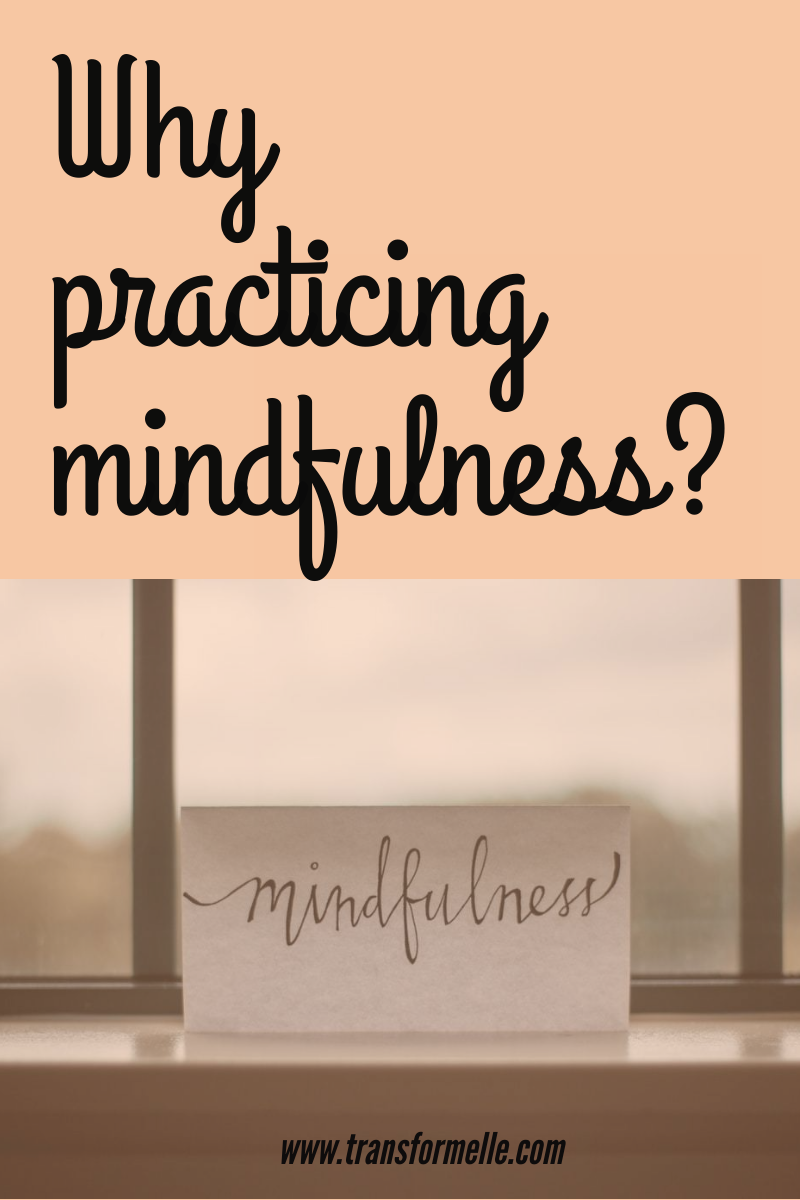

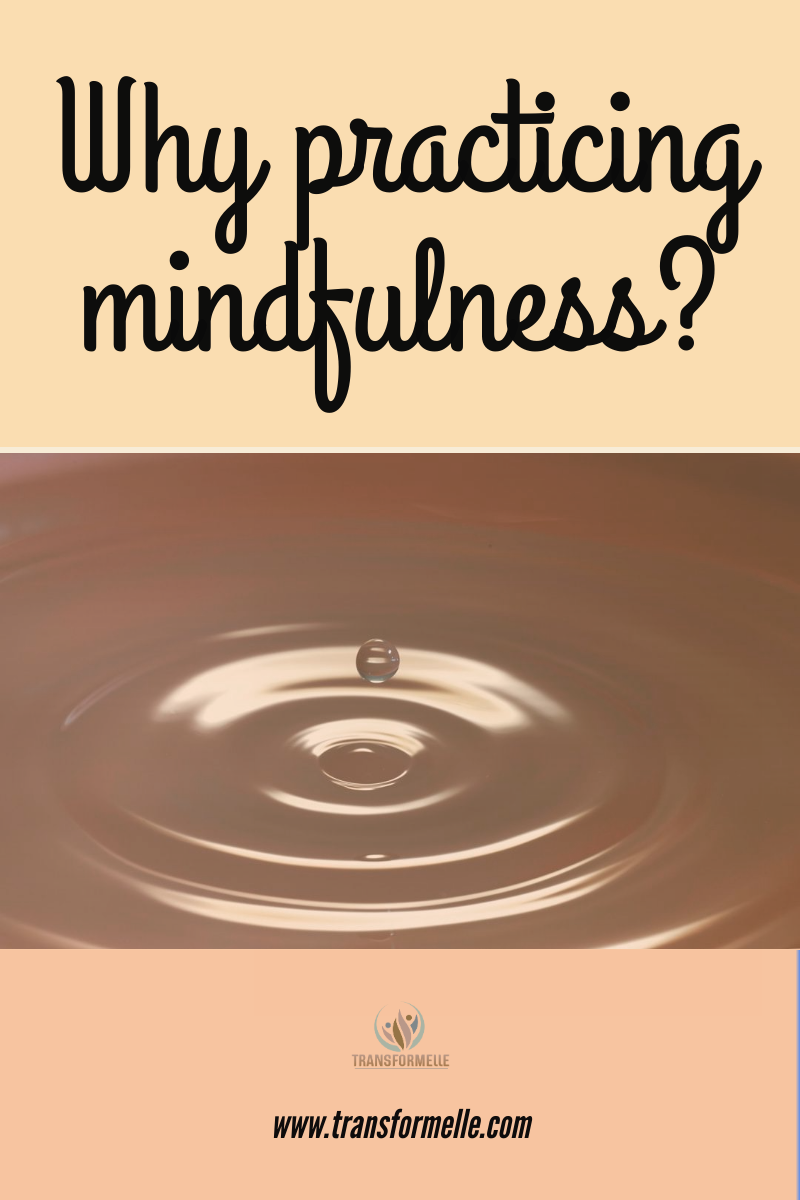
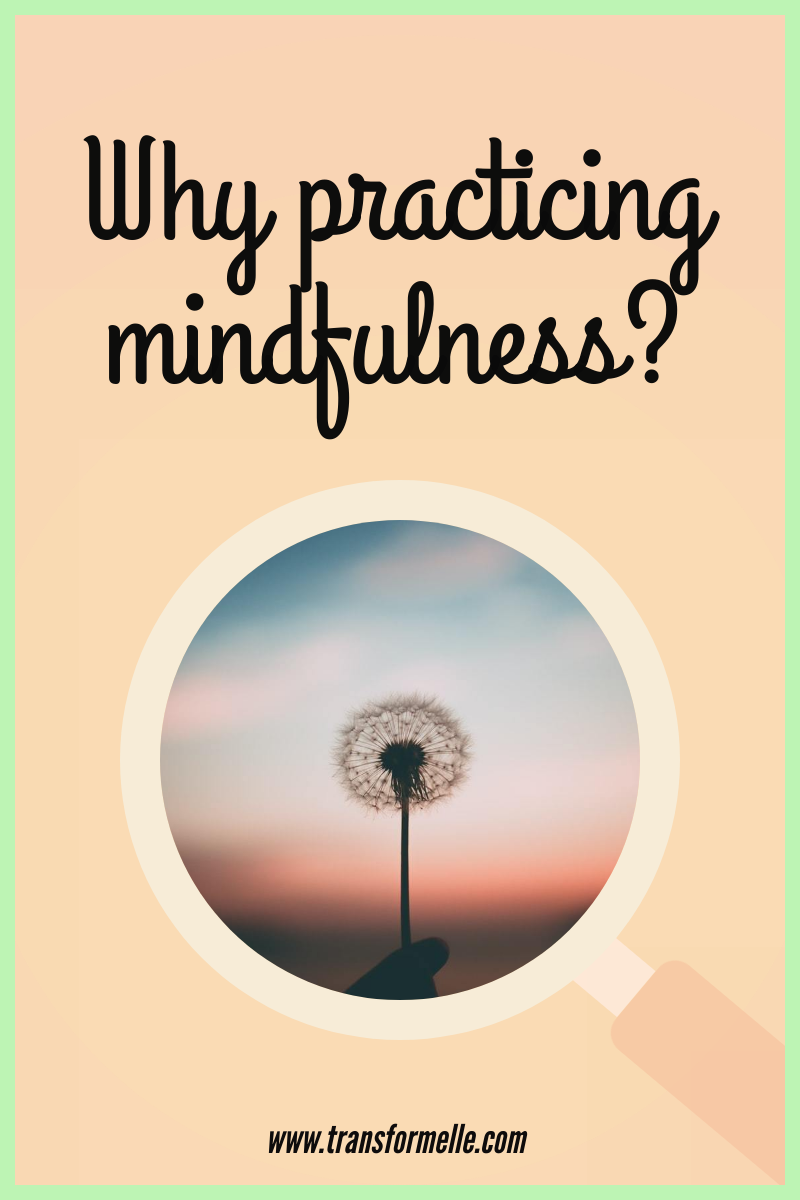
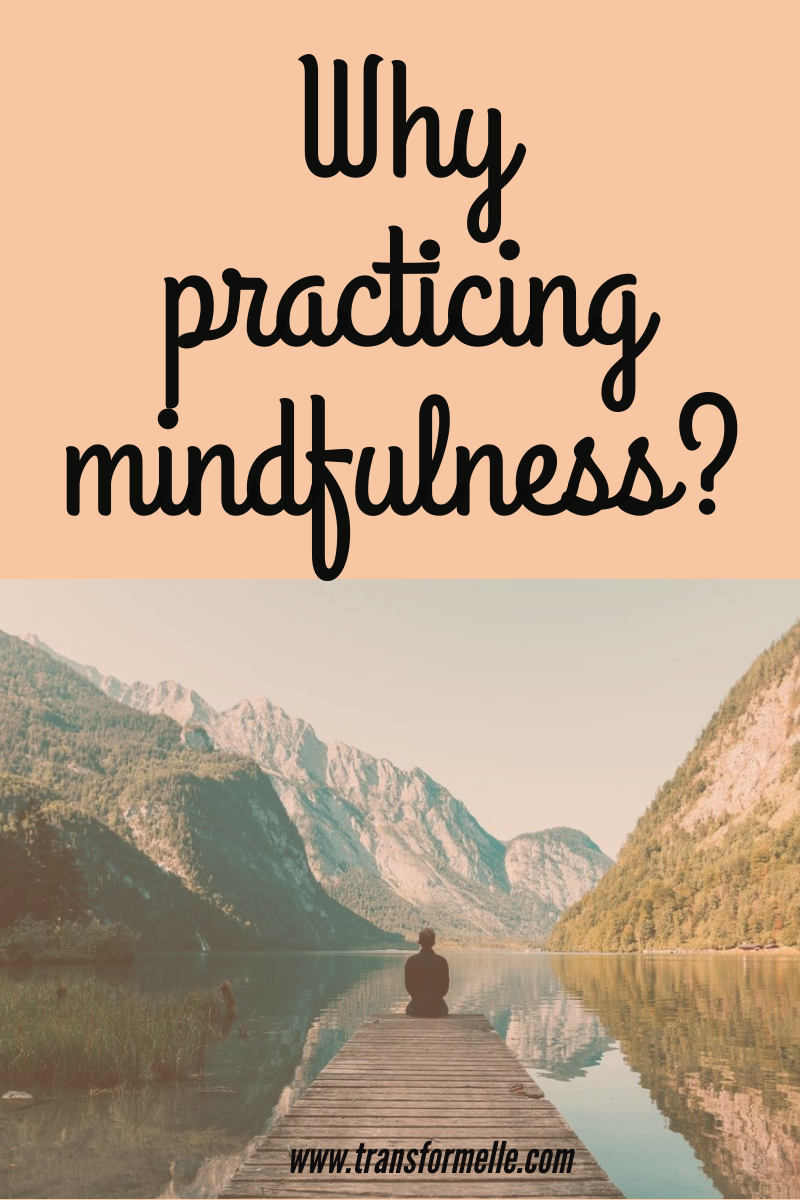
Did you find this post useful, inspiring? Save one of these pins above to your healthy lifestyle board on Pinterest.

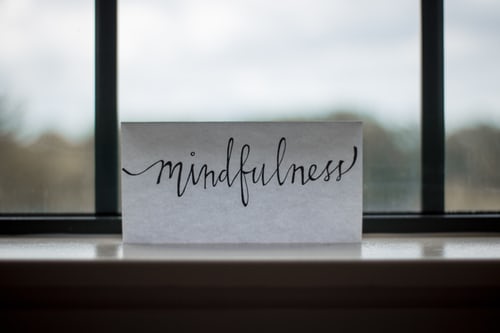



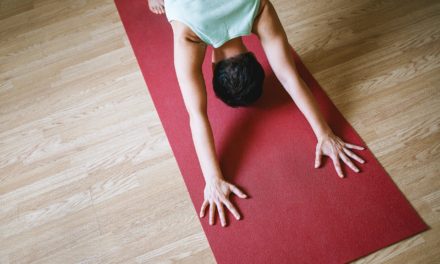


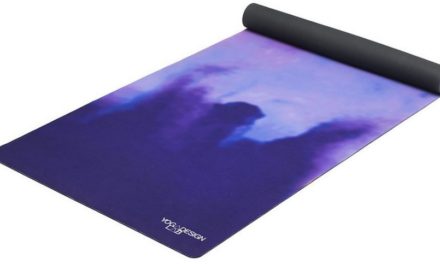
Good day very cool website!! Man .. Excellent .. Superb ..
I will bookmark your site and take the feeds additionally?
I’m glad to seek out numerous helpful information right here in the
publish, we want work out more techniques in this regard, thank you for
sharing. . . . . .